Mind map:

Mood board:
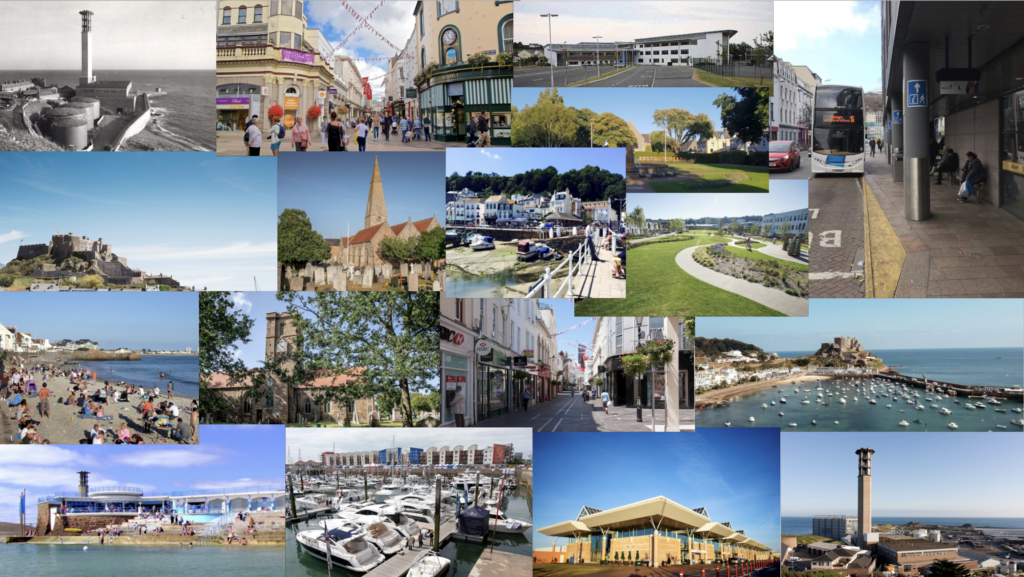
Mind map:

Mood board:

What is Urban landscape?
Urban photography can be seen as a type of genre in photography that is concerned with capturing images from Urban space, things like towns and other ecological spaces. Over the years, Urban landscape has became very popular due to the world becoming more urbanised. It is a study which links to landscape and street photography.
Urban landscape can be also seen as a primal focus in an urban environment which basically means a man made environment, which highlights the background of landscape rather than the subject of the landscape.
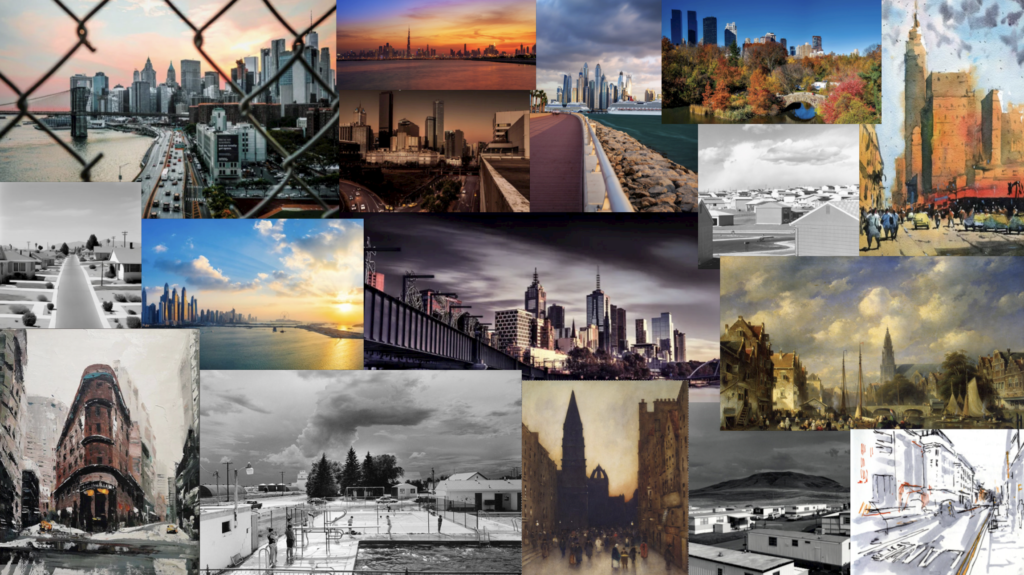
Topographic photography is the idea of taking landscape style photos which show the infiltration of human life through the photo. Usually these photographs are taken in urban, rural or suburban areas, so the inclusion of landscapes are viewed.
The New Topographic idea, was a reaction to the infiltration of humans and made-made structures throughout the urban and suburban areas. The early topography photographers believed that as long as humans continue to intervein upon nature and the natural world, topography will remain a important part of showing the cause this will have on nature.
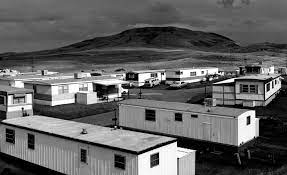
This photograph by Robert Adams in particular shows the contrast between the life and the landscape of the natural world quite harshly. The way the photo is almost split in half shows the difference between the natural unfiltered world with the habited rural world.
The way the clouds above the dark mountain are looming shows almost the unforgivable nature of the natural world while the sun gleams on the caravans below – it definitely shows contrast but also shows beauty between the mix of topics.
The blend between the two themes in this photo show almost a harmony between the two ‘worlds’. While still showing the nature and beauty of the mountain range landscape, Adams manages to reveal the impact that colonisation has on more rural places throughout the world.
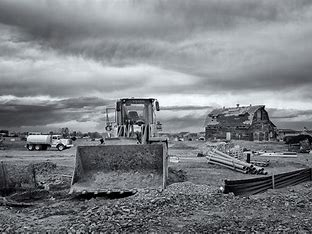
The idea of ‘New Topographics’ signalled the emergence of a new photographic approach of landscape. It shows the beauty and controversy of man-altered landscapes that were taken over by buildings and factories. There were 10 main photographers that founded the idea of ‘New Topographics’ them being – Robert Adams, Lewis Baltz, Bernd and Hilla Becher, Joe Deal, Frank Gohlke, Nicholas Nixon, John Schott, Stephen Shore and Henry Wessel.
Exposure bracketing is where you take a sequence of photographs with different exposure levels, and then blend them together to create a photograph with a much higher dynamic range. It gives you all the details you will ever need in your photographs so you can create the exact image you had in mind.
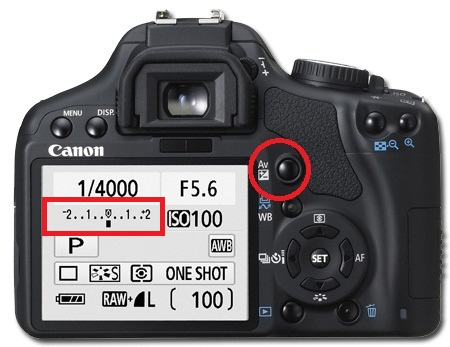
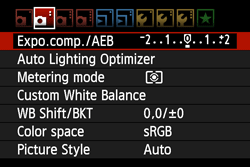
For this photoshoot, I went outside of Hautlieu School and took images of the building. I set up my camera so that it would take three images, each with a different exposure (+1, 0, -1). Once I had taken my images, I imported them onto Lightroom. I then chose the images I wanted to use by right clicking on the first image of the sequence then pressing the arrow button then clicking on the last image of the sequence. This highlighted them all. I then right clicked on the images and pressed photomerge then selected HDR. I then got to select my deghost amount, ranging from none to high.


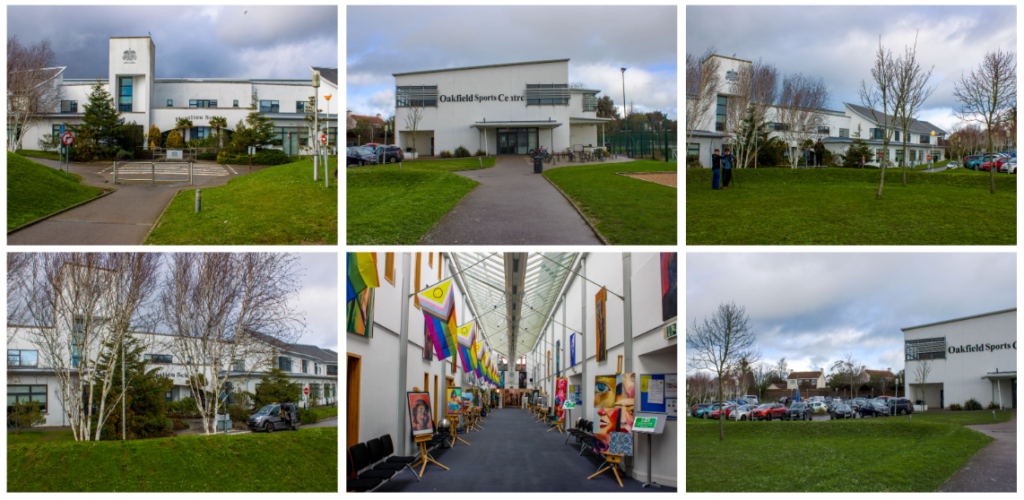
Overall, I think this photoshoot was a successful first attempt as I learnt how to do exposure bracketing. However, next time I would use a different location and test out different deghost amounts as I used none for most of them.
“Photographs of a Man-Altered Landscape”
New topographics was a term coined by William Jenkins in 1975 to describe a group of American photographers whose pictures had a similar banal aesthetic, in that they were formal, mostly black and white prints of the urban landscape. These photographs captured a site of interaction between humans and the non-human, nature, and how the rapidly increasing population growth in countries produces new housing developments which are moving further and further away from city centres, taking over the countryside. New Topographics reflected this suburbanisation and reacted to the idealized image of landscape photography in a world where the ideal image of nature had simply been altered due to mankind. William Jenkins curated this as a signalled new approach to Landscape photography. The ten photographers who used this approach were:
These photographers signalled the radical shift away from traditional depictions of landscape photography and revealed the stark industrial views around us, scenes we go by every day unconsciously aware of them. They documented these suburban areas such as housing, warehouses and even car parks, depicted in the same way that these countryside areas were captured – beautiful stark austerity. Not only did this cause people to be more consciously aware of the reality of our environments, filled with man-made structures, but it also raised a daring concern and worry on how humans had been eroded natural spaces with industrialisation. An exhibition that helped with this awareness was The International Museum of Photography in Rochester, New York featuring these photographers.
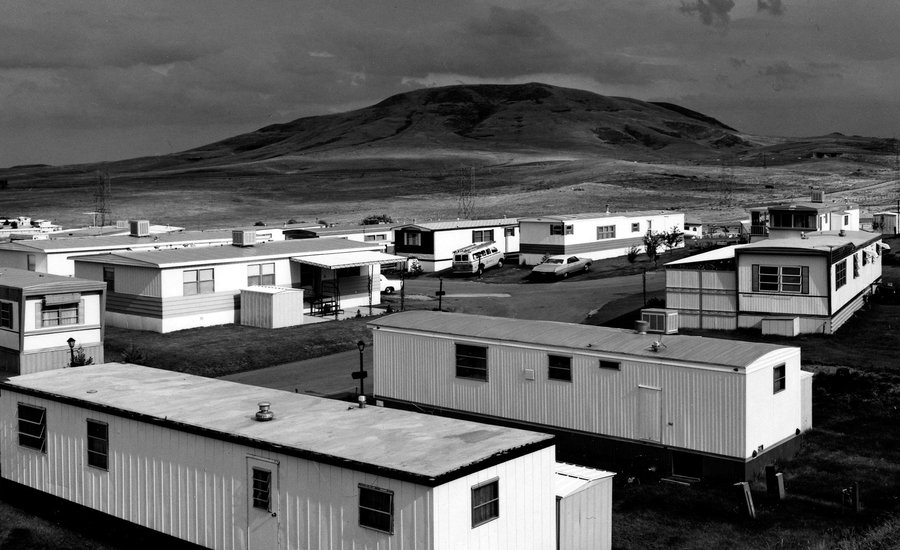
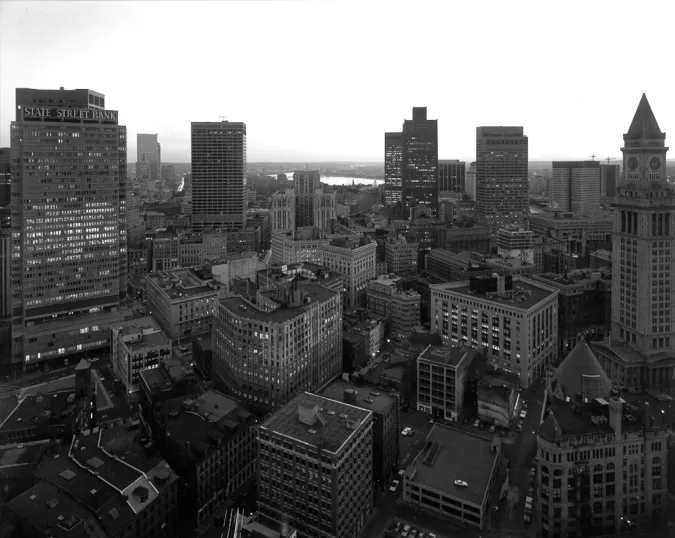
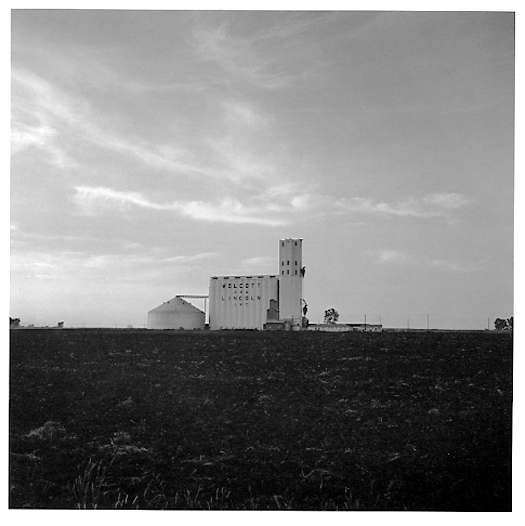
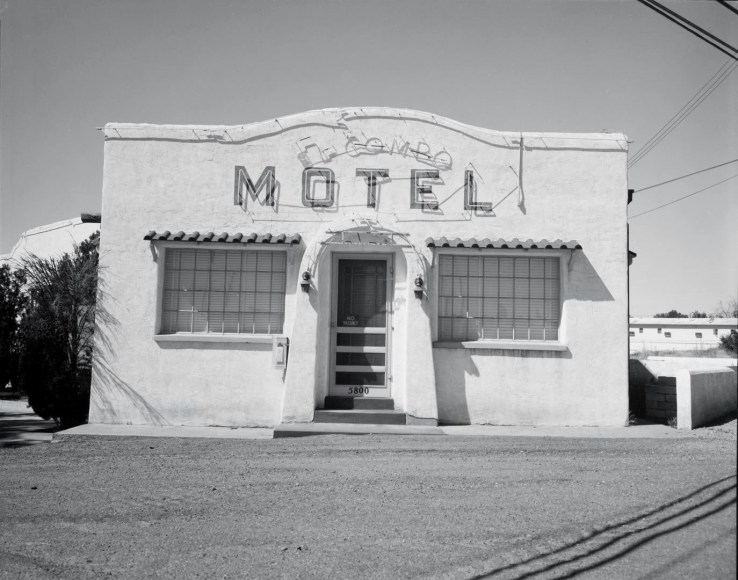
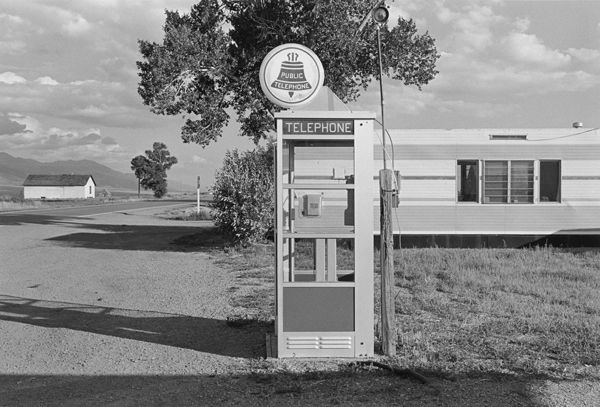
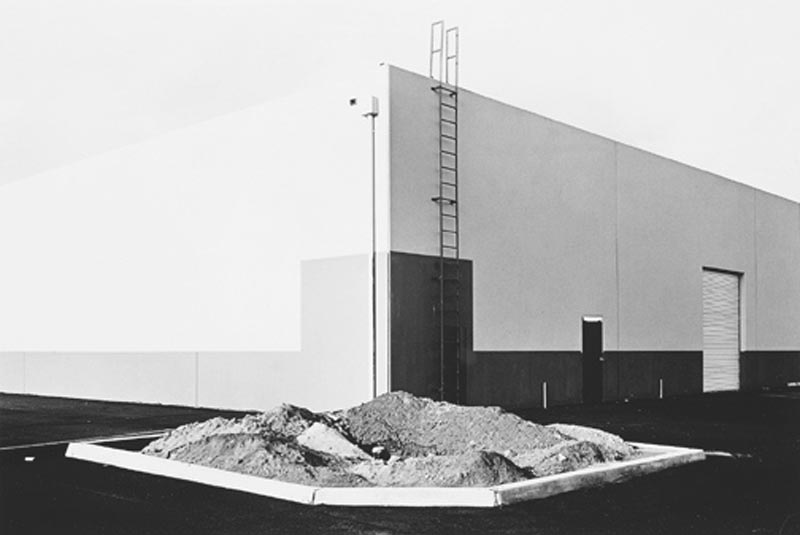

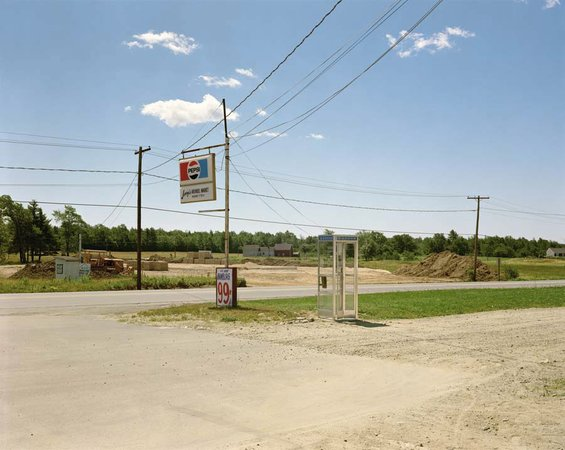

This documentation of combined natural and man-made structures in America also captured the tension between natural scenery and monotonous structures of post World War Two. These images were often stark of human presence, described to be “neutral” in style, “reduced to an essentially topographic state, conveying substantial amounts of visual information but eschewing entirely the aspects of beauty, emotion, and opinion” by Jenkins himself. The American Landscape being photographed in such a casual and common place without beautification opens peoples eyes to the unnoticed and how much society progresses. By foregrounding, rather than erasing human presence, the photographs placed people into a stance of responsibility towards the landscape’s future. This was a position that resonated with ecology, the branch of environmental thought that was gaining traction in the 1970s.
Through square formatting, viewers could read the landscape as if it was traces of human decision-making. Moments of too-perfect symmetry in the patterns of rocks and bushes expose the landscaping as unnatural. Joe Deal photographed suburban development in the form of construction sites which become contrasted against the large piles of refuse and empty lots regularly shown in these images that suggest the wastefulness of abandoned projects. By framing the land in this way, Deal creates a space where his viewers must consider the cost of rapid growth in the fragile desert and how dangerously this would be impacting these natural spaces that should be protected and preserved.

Climate Change:
The message of climate change and global warming is invoked within these images. Due to the mundane showings of our society’s continuous and persistent growth further and further into industrialisation, it causes the viewer to question our actions. To create these spaces for urbanisation, trees and plants must be destroyed in order to create the largest space possible to allow the largest amount of houses to be developed for example. This is due to the constant growing population rates in countries, especially after World War Two where many people, especially Jewish, were occupied in Nazi Germany. Those who didn’t pass away were returning to their homeland to re-join with their families. Alongside this, the aftermath of World War Two brought:
The returning people who fought for the country were various ages, especially those whose life had only begun due to being such a young age, were returning to begin families of their own after being away for 6 years of their lives already – resulting in ‘The Baby Boom’. This resulted in immediate new housing developments which began a spark, still continuing to this day where there is constantly a need for more. The burning of trees releases carbon however, when all the other trees have been destroyed for urbanization, there aren’t any nearby to take in this carbon and revert it. As a result, this carbon goes up into the atmosphere and begins to create holes in the ozone layer. This then provides the sun to be able to get its harmful rays in even stronger as the ozone layer acts as protection. This heats up the globe and continues our path down global warming. Alongside this, the burning of fossil fuels releases harmful toxins which contribute to this issue which is a result of the constant redevelopment of areas around the globe.
During an exhibition of New Topographics, some comments made were:
“I don’t like them—they’re dull and flat. There’s no people, no involvement, nothing.”
“At first it’s stark nothing, but then you look at it, and it’s just about the way things are.”
“I don’t like to think there are ugly streets in America, but when it’s shown to you—without beautification—maybe it tells you how much more we need here.”
However, it causes viewers to rethink their choices and decisions when taking advantage of what is already there and what is genuinely needed against what is not once you really look at the image.
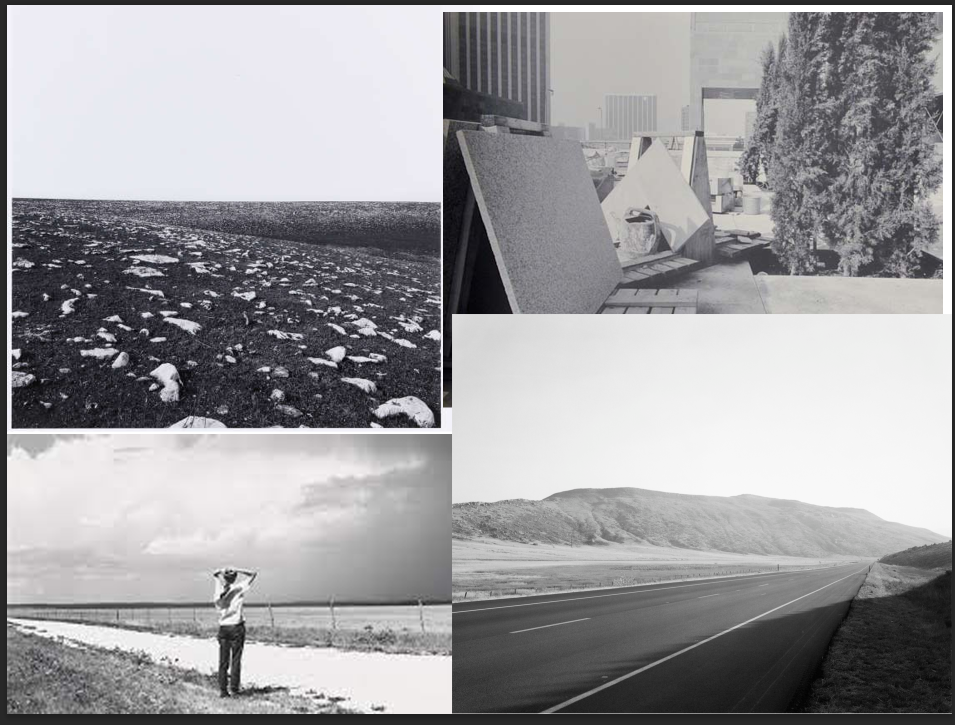

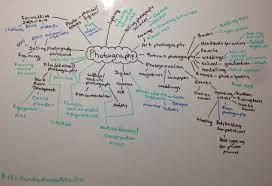
in this photoshoot i hope to replicate the intense natural photography that ansel adams produced
eg:

i will go down to the woods near my house in attempt to replicate this.
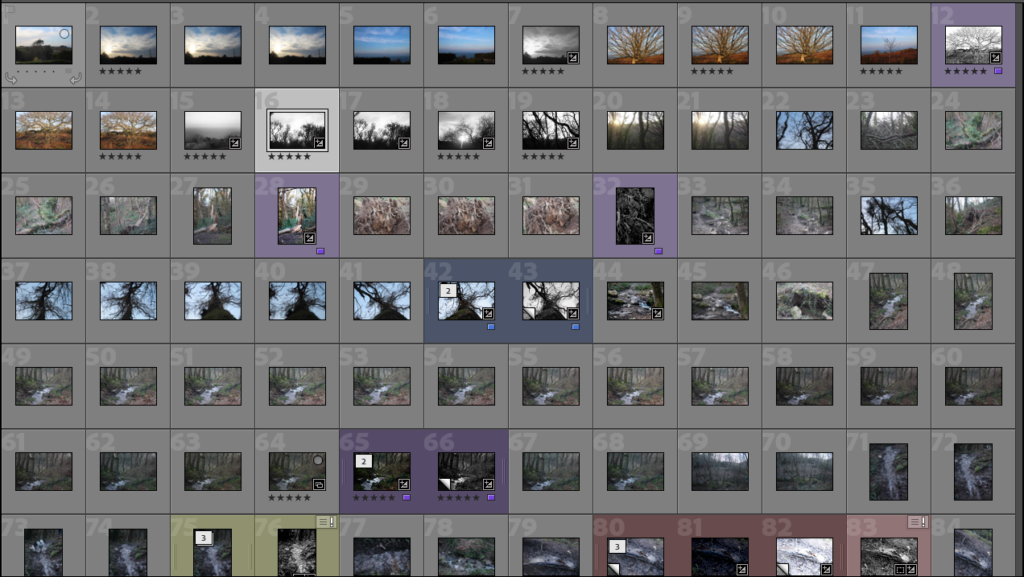
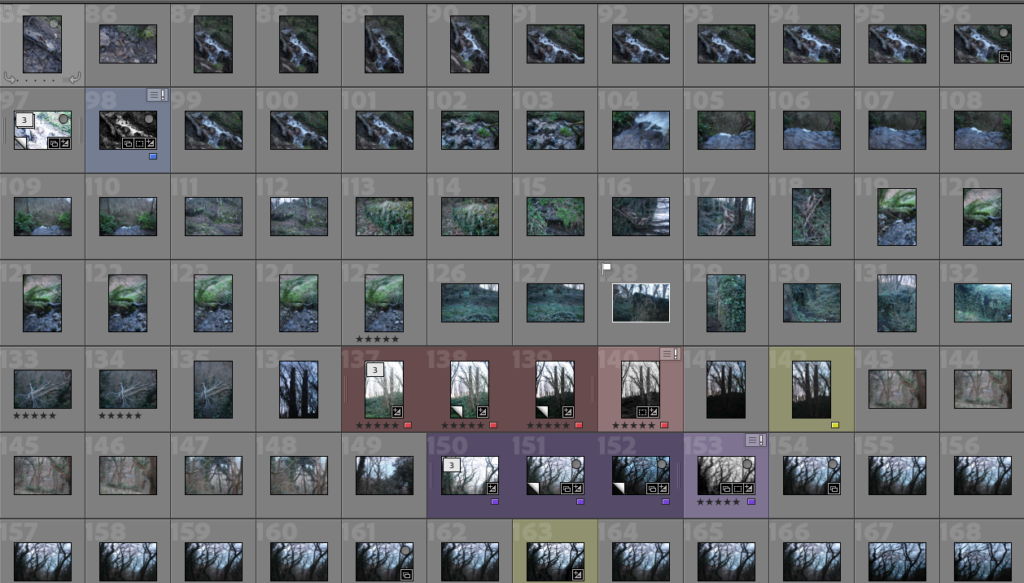
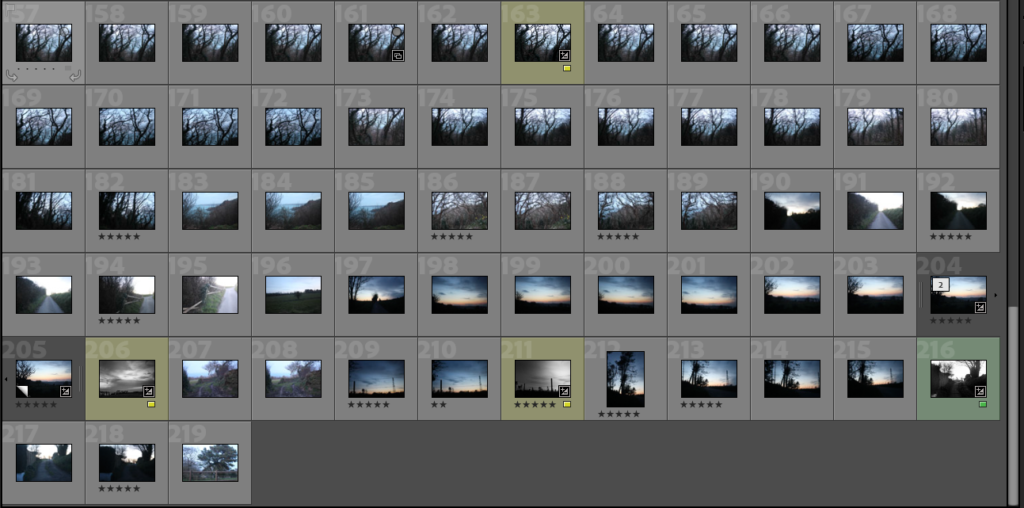
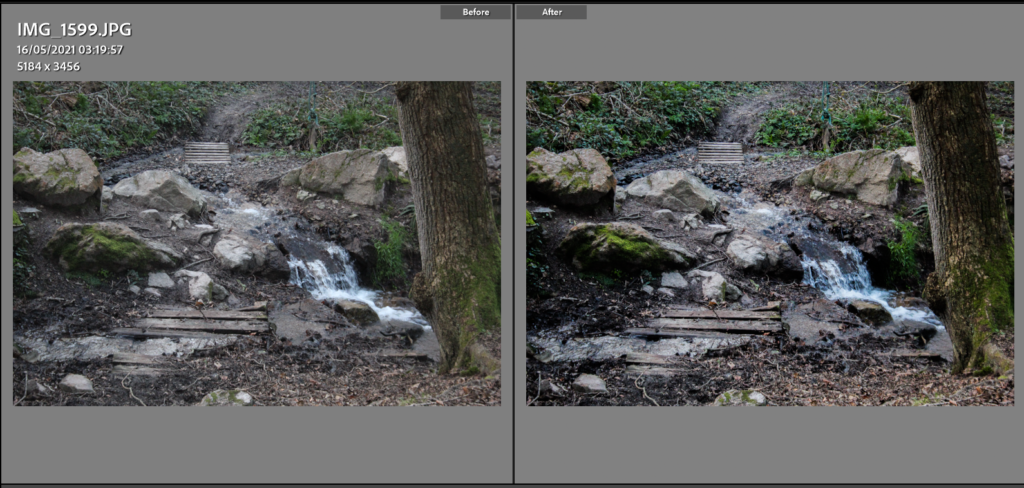
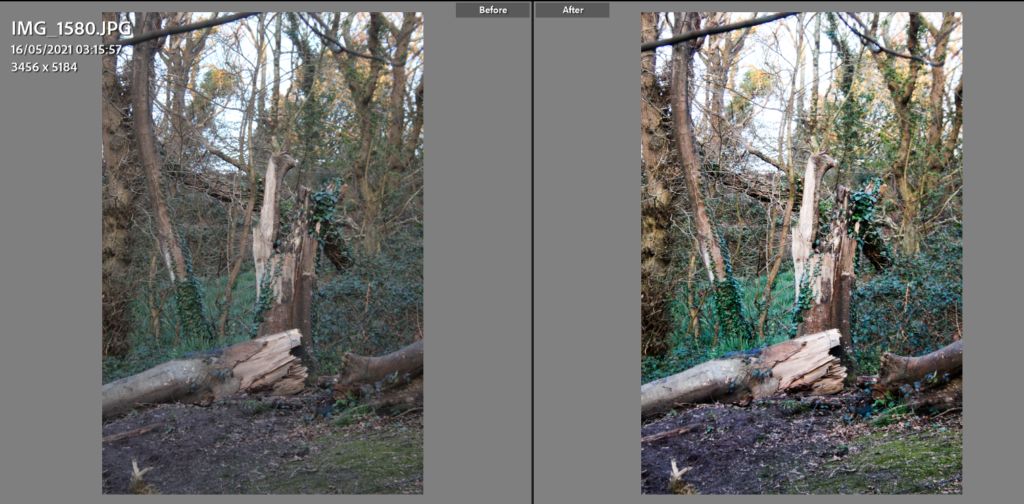
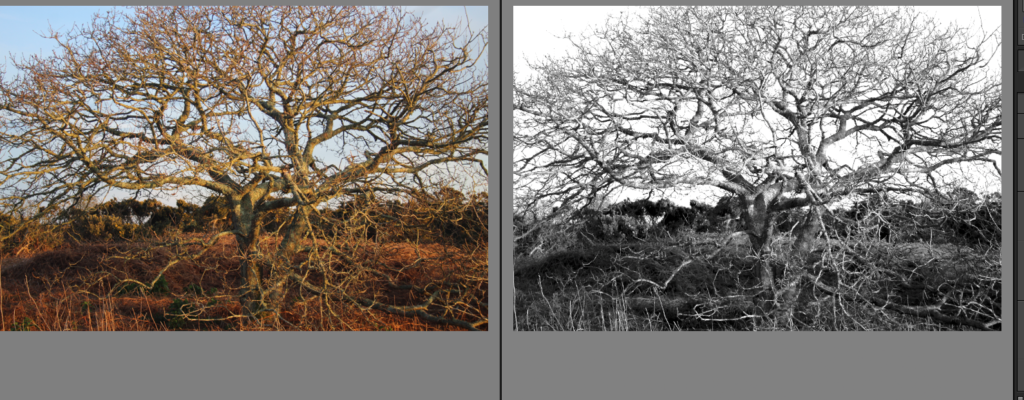
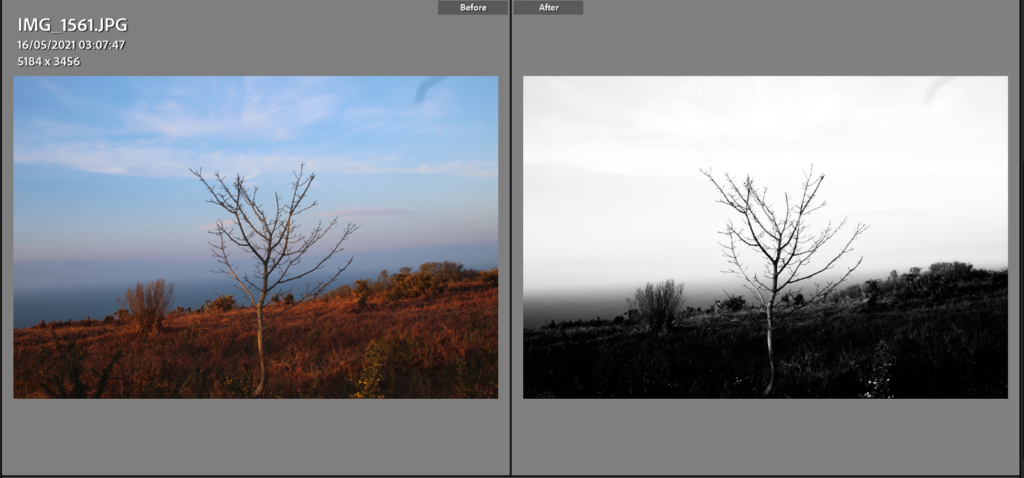
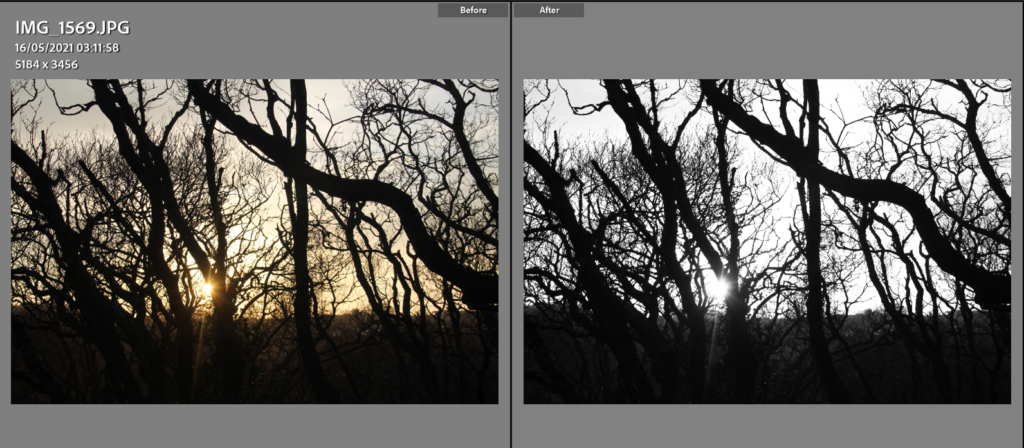
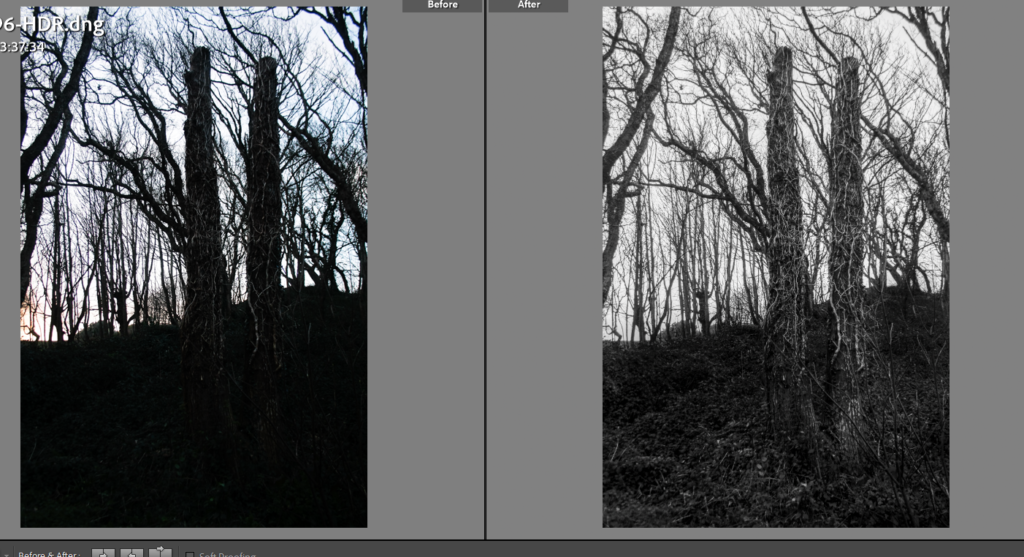

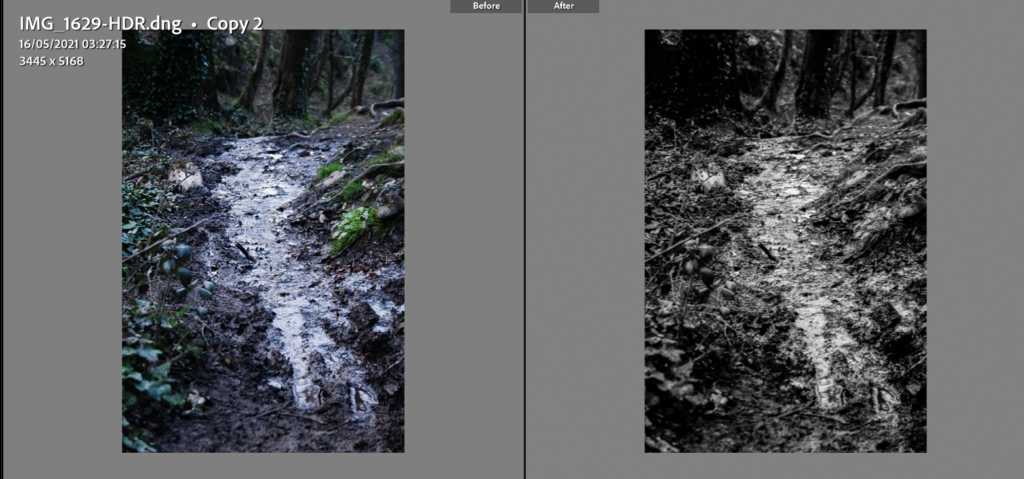
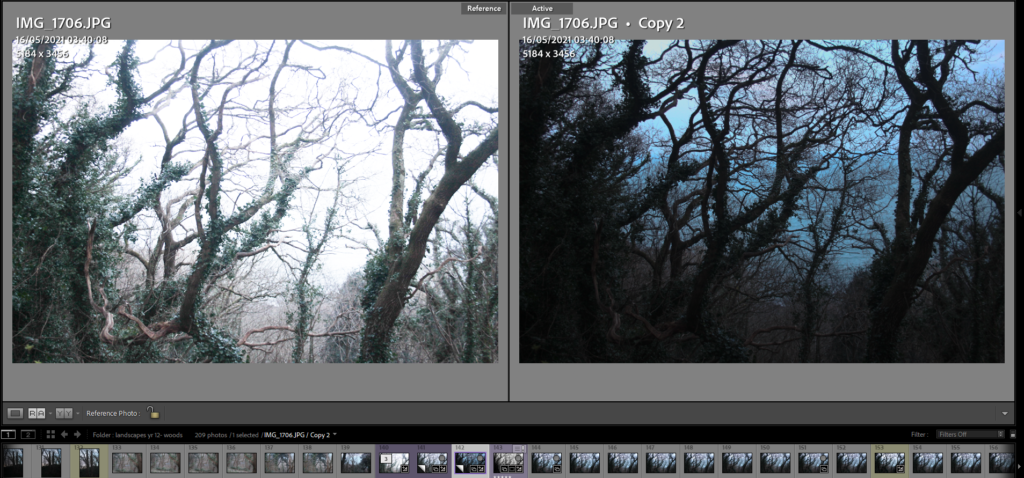
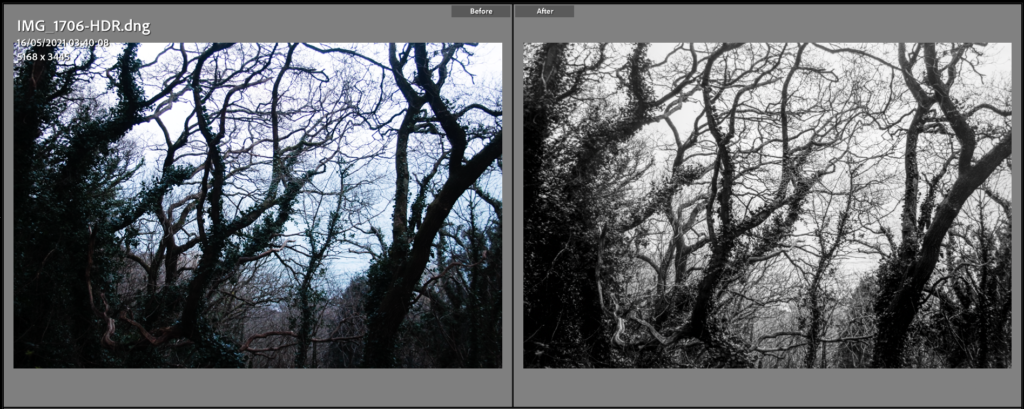

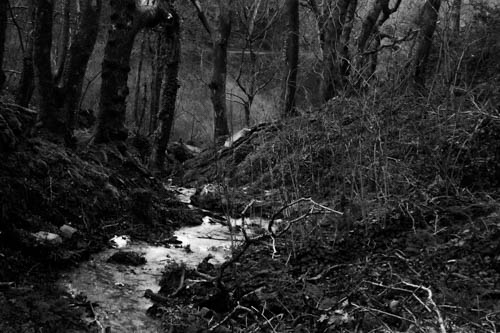
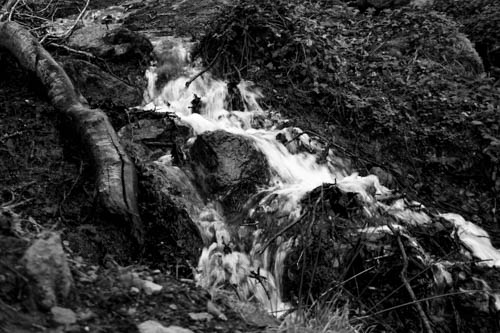

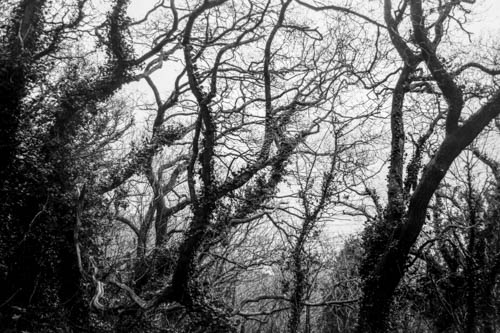
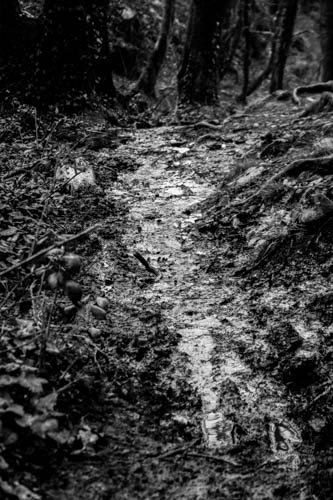
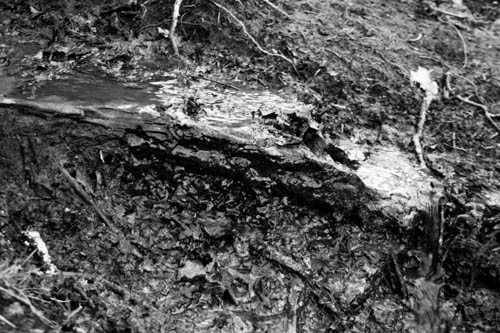

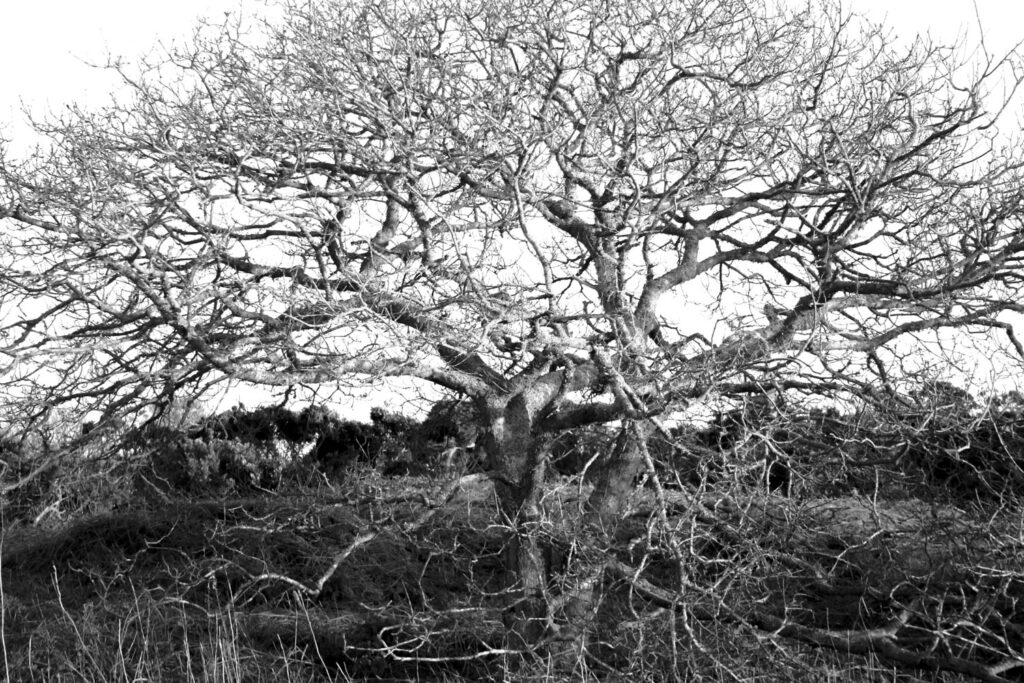
Who Was He?
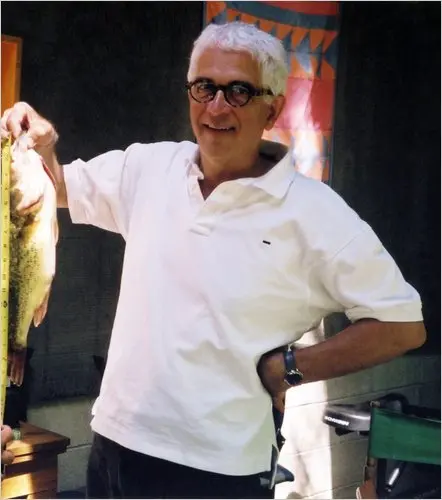
Joe Deal (1947-2010) was born in Topeka, Kansas. He earned his BFA at the Kansas City Art Institute and his MFA degree from the University of New Mexico. While teaching at the University of California, Riverside, Deal established the UCR/California Museum of Photography. He is one of the founding artists of the New Topographics movement. Deal was among the eight photographers included in the seminal exhibition “New Topographics: Photographs of a Man-Altered Landscape”, an exhibition curated by William Jenkins at the George Eastman House’s International Museum of Photography in 1975. This school of photography was marked by pictures that depicted the growing complexities of the American landscape with “stylistic anonymity” as Jenkins put it. Following the success of this landmark exhibition, in 1980, Joe Deal completed The Fault Zone Portfolio, a group of 19 silver gelatin prints that documented suburban life along the San Andreas Fault Line in Southern California.
Near the end of his life, the artist produced another remarkable body of work titled West and West. In these crisp black and white photographs of the Great Plains, Deal drew upon 19th century survey photography, but used the horizon line and symmetry of square format to reframe our perception of the landscape as finite. His work is included in numerous museums and collections, including the Museum of Modern Art, New York; The San Francisco Museum of Modern Art; The Museum of Fine Arts, Boston; the J. Paul Getty Trust, Los Angeles; Nelson-Atkins Museum of Art; and in the International Museum of Photography at George Eastman House, Rochester. Joe Deal died in Providence, Rhode Island in 2010.
His Images
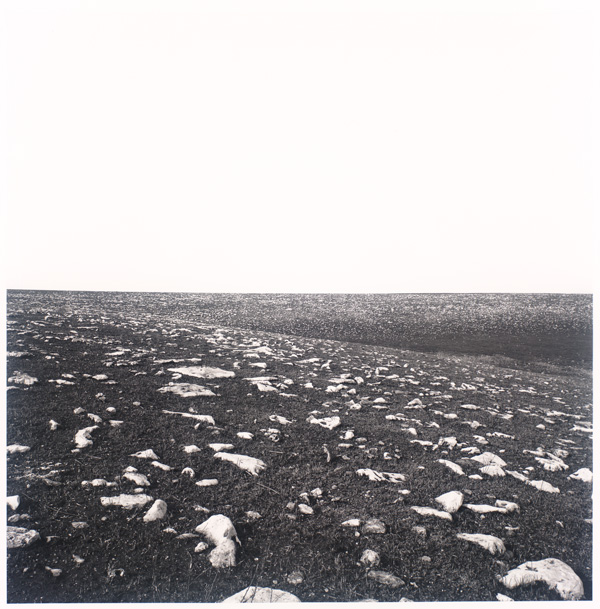
Like his peers in New Topographics, Deal trained his camera on landscapes that had been overlooked by the prominent photographers of the preceding generation, Instead of majestic, snow-covered peaks or meadows dotted with wildflowers, Deal chose to photograph places irrevocably marred by human hands, landscapes most people would consider unredeemable ugly, like the dirt road in Wyoming, at right.Among the artist’s favored subjects early in his career were sites graded for future developments, newly cut roads, mobile home parks, and all manner of shoddily built housing. Although he certainly felt they were eyesores, Deal deliberately chose to photograph these aspects of the built environment from as seemingly neutral a point of view as possible, as his interest was in visual analysis, rather than in conveying an explicit social or political message.In a more recent series, West and West: Reimagining the Great Plains, Deal stripped his pictures down to the barest of bones: rock formations, grass, sky. A return to the region where he grew up and a meditation on the constructed nature of landscape, it includes some of the sparest photographs Deal ever made.
Image Analysis
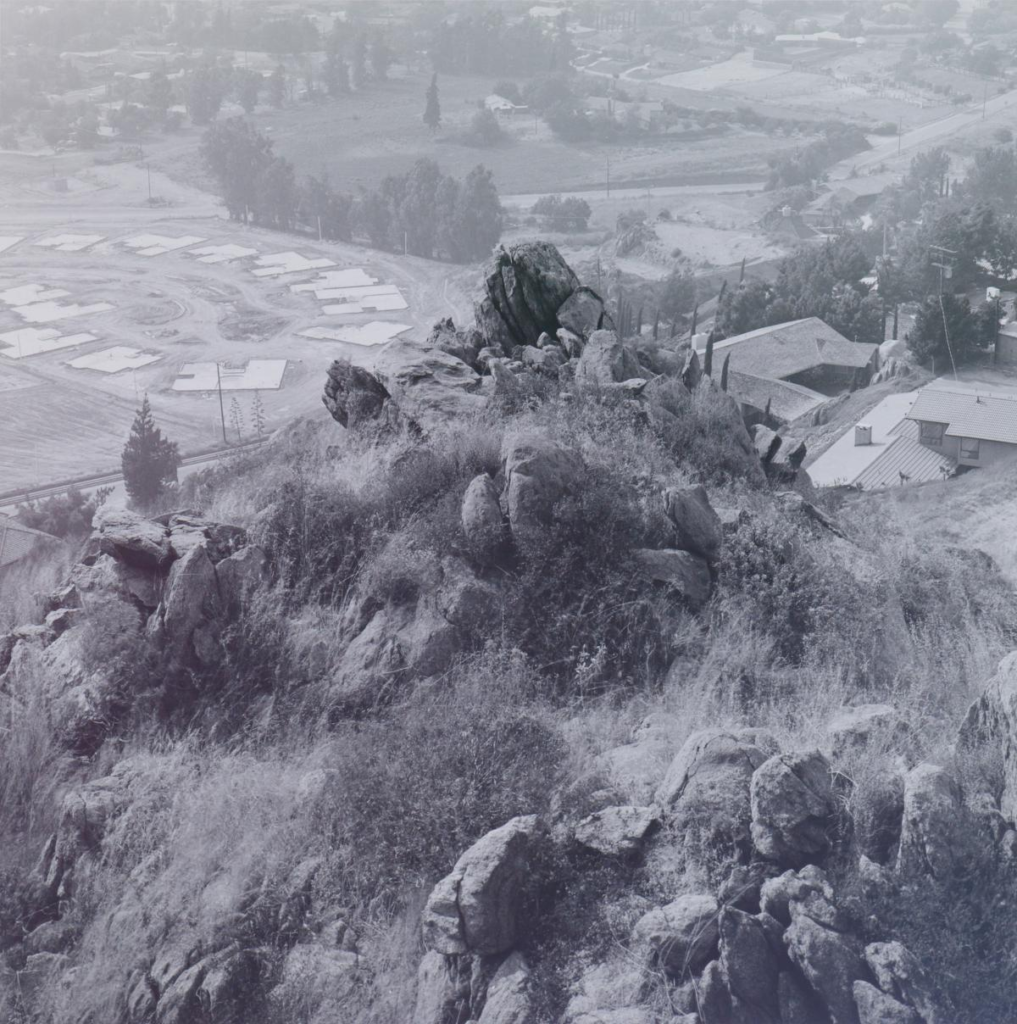
Deal has used natural daylight when taking this image, which creates a lower level of control over what you want to be lit as you cannot control the sun, but one thing you can control is exposure and things like the lense settings, which we can see that in some places of this photo the image is overexposed and blurry for example the background but the foreground is more in focus, which creates a depth of field to focus our eyes on the foreground. They do look like just some boring rocks and grass but Deal has used many different tones and texture to really portray what he could see with his eyes standing there and more, which adds depth to the image, and emotion, which ups the value of nature , and makes us want to worship it more, after seeing all the destruction we are putting on it compared to just a ‘boring’ image of natural land. Joe Deal’s photograph Colton, California is from his series The Fault Zone, which documents life along the San Andreas Fault Line in Southern California. The work encompasses themes and ideas that Deal explored throughout his career in photography, including how humans alter the landscape through ever-expanding construction. Deal’s work gained national attention in 1975 when he contributed photographs of newly constructed homes against the landscape of the American Southwest to an exhibition at the International Museum of Photography at the George Eastman House in Rochester, New York, titled New Topographics: Photographs of a Man-Altered Landscape. Deal and the nine other photographers in the exhibit were seen as breaking away from the precedent set by earlier American landscape photographers who presented romantic, sweeping vistas largely without the presence of people; the photographers in New Topographics instead turned their cameras on the built environment of modern America.
Origin of Ansel Adams

Ansel Easton Adams was born February 20, 1902, in San Francisco, California. His family came to California from New England, having migrated from Ireland in the early 1700s. His grandfather founded a prosperous lumber business, which Adams’ father eventually inherited. Adams is most known for his stunning photos of the American wilderness.
Ansel Easton Adams was an American landscape photographer and environmentalist known for his black-and-white images of the American West. Ansel’s photography is known for its realist style. Rather than using a pictorialism style. Adams’s career spans over seven decades and a wide range of subject matter, including portraits, still life’s and the landscapes for which he is most famous.
Visualization
Ansel Adams describes it as the ability to see the scene you photograph and recreate in your mind, relying on the information you receive from the scene and on your developing intentions that you picture inside your head and the way you take the photo can resemble you as a person as your the one who pictured it to be or look a certain way.
A Legacy exhibition is a comprehensive survey of Adams’ artistic career which he is famous for and made loads of money from it.
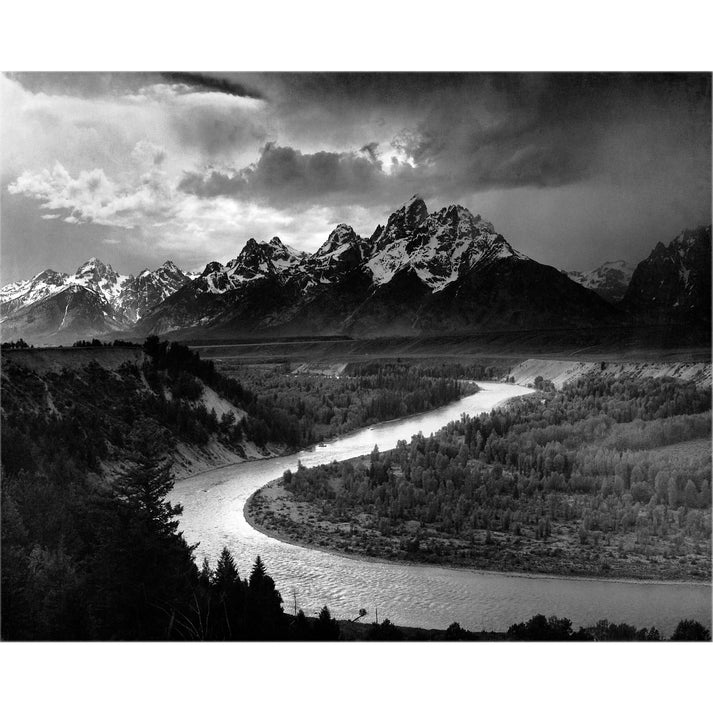
What is Ansel Adams famous for?
Ansel Adams is one of America’s most famous photographers and is known for his stunning photos of the American wilderness and his passion for conservation. He outlines the beauty within America with the way he looked at art and his perspective towards it.
Here is one of his quotes.

This quote shows us how and why he loved photography. He perceived them in a way of a beauty and such natural photos. He didn’t go over the top and just took photos of a his natural setting.
Adams assisted Beaumont Newhall and David McAlpin in forming the Department of Photography at the Museum of Modern Art in 1940.
Analysing Adams photos
Many of Adams photos have either balance or symmetry but mostly balance as its a landscape with some elements of romanticism in them. He goes into a lot of depth in his photos and shows us beautiful, aesthetic nature. The mid ground are usually all in line and the background are usually calm with dark colours. The scale of each photograph is large. It shows a massive background and loads of different elements to be looked at, not all drawn or focused on one thing as it has a wide variety of things in the image which is what makes it so interesting and unique. The light intensity of Adams photos are usually quiet dark colours such as grey black and white, usually not using many colours, the temperature is cold and intense. the colours are cold and the effects of these colours are a lot as it sums up the whole picture. There are quiet a lot of shadows in his images as they are all quiet dark colours. It has a strength evoke emotion and energy, reflect mood, and give a narrative to images. The texture seems to be quiet smooth with some edges and corner because of the landscape photography and the surface is very detailed. Last but not least his tonal values are quiet low as shown in the image below.
Edward Weston
Edward Henry Weston was an American photographer. He has been called “one of the most innovative and influential American photographers” and “one of the masters of 20th century photography, best known for his carefully composed, sharply focused images of natural forms, landscapes, and nudes.
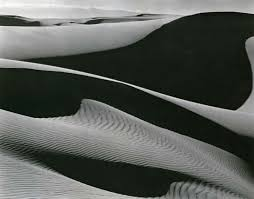
Weston was a modernist. Along side with Ansel Adams, Weston pioneered a modernist style characterized by the use of a large-format camera to create sharply focused and richly detailed black-and-white photographs with a range of different backroads and shades of colours.
Weston V Adams
They concentrated upon natural subjects, Adams tending towards monumental depictions of hulking mountains or clouds, and Weston tending more toward intense close ups of smaller objects such as fruits and vegetables. You can see the resemble in both artist photography even though one is more about nature another is mainly focused on smaller objects.
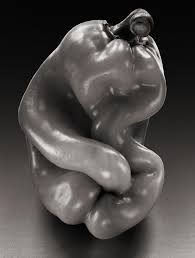

Both photographers have great talent and have had many rewards and contributions due to their work.
Edward Weston and Ansel Adams were two of the foremost American photographers of the twentieth century. Weston and Adams- Californians were good friends, achieved an influential modernist aesthetic, and created images. They concentrated upon natural subjects, Adams tending photographing mountains or clouds, and Weston tending more toward intense close ups of smaller objects such as fruits and vegetables. Adams usually chose to focus upon the rush of a mountain stream or some other natural movement, rather than the social or political currents of his day. Whereas Weston brought a deep timelessness to his photographs with using close up of fruits or smaller object’s within his photography.